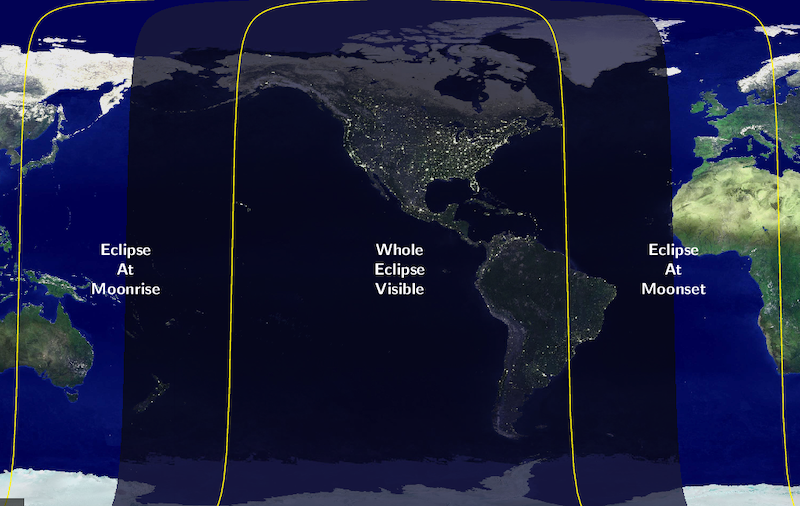
You can see a deep penumbral lunar eclipse tonight, assuming the moon is above your horizon when the eclipse takes place. The eclipse begins at 4:53 UTC on March 25. That is 11:53 p.m. CDT Sunday night in North America. Greatest eclipse is at 7:12 UTC on March 25 (2:12 a.m. CDT Monday morning). At greatest eclipse, over 90% of the moon will lie inside Earth’s penumbral shadow. But the penumbral shadow isn’t the dark shadow of Earth. It’s the lighter part of the shadow. Some will look at the moon and swear the eclipse isn’t happening. Other very observant people will notice and enjoy the odd, light shading on the moon’s face.
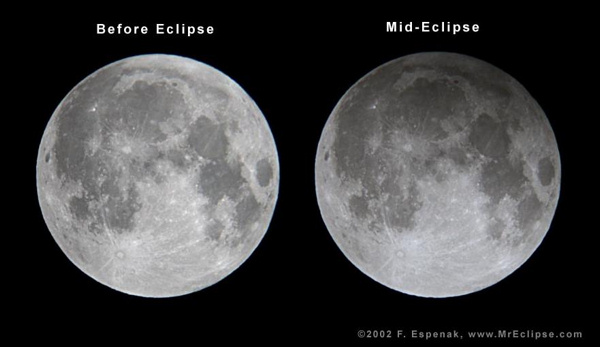
Penumbral lunar eclipse
Penumbral eclipse begins at 4:53 UTC on March 25, 2024. That is 11:53 p.m. CDT on March 24 in North America.
Greatest eclipse is at 7:12 UTC on March 25 (2:12 a.m. CDT) with a penumbral magnitude of 0.9577. In other words, at greatest eclipse, nearly all of the moon will be inside the Earth’s outer penumbral shadow. The moon will never go into Earth’s darker umbral shadow. So it will never seem as if a dark bite has been taken out of the moon. Instead, it’ll be a subtle darkened shading on the moon, which, at mid-eclipse, will cover almost the entire moon.
Penumbral eclipse ends at 9:33 UTC on March 25 (4:33 a.m. CDT).
Duration of eclipse: This is a deep penumbral lunar eclipse with a duration of 279.9 minutes.
Note: A penumbral lunar eclipse is the most subtle kind of lunar eclipse. Will you notice it’s taking place? Some people say the shadow on the moon won’t be detected until the disk of the moon is immersed in about 2/3 of the penumbral shadow. On the other hand, others notice it right away. It depends on your atmospheric conditions, your visual acuity and how observant you are, .
The full moon and eclipses
If this full moon were truly opposite the sun, there’d be a total umbral eclipse of the moon. That is, the darkest part of Earth’s shadow – the umbra – would cover the moon at mid-eclipse. But this full moon in March sweeps to the north of the Earth’s umbra. So no total or partial lunar eclipse in the Earth’s dark shadow can take place.
Instead, the full moon almost fully passes through the Earth’s penumbral shadow. So it’s a very deep penumbral eclipse. At no time will Earth’s dark shadow take a “bite” out of the moon. Instead, penumbral eclipses are all about subtle shadings.
The March 25 penumbral lunar eclipse occurs when the moon is in the constellation of Virgo the Maiden.
Find the moon’s path with respect to Earth’s penumbral shadow below.
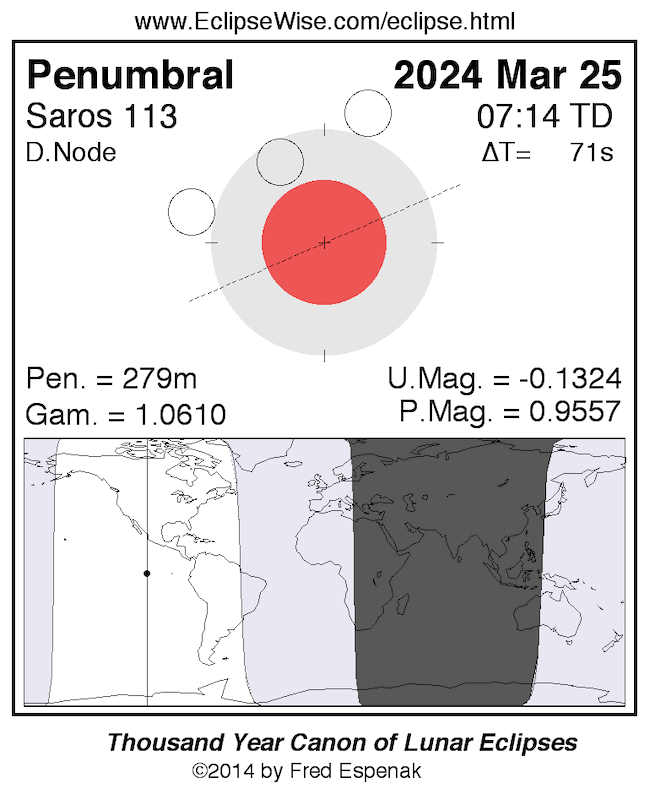
Visit timeanddate.com to get an exact timing of the eclipse from your location.
Eclipses in 2024
The March 24-25, 2024, penumbral lunar eclipse is followed two weeks later by a total solar eclipse on April 8, 2024. In fact, these two eclipses take place within a single eclipse season.
An eclipse season is an approximate 35-day period during which it’s inevitable for at least two (and possibly three) eclipses to take place.
Then later this year, the September-October 2024 eclipse season will feature a very shallow partial lunar eclipse on September 17-18, 2024, and an annular solar eclipse on October 2, 2024.
Maps and data for the total lunar eclipse
- Visual Appearance of Lunar Eclipses
- Danjon Scale of Lunar Eclipse Brightness
- March 24-25, 2024, eclipse map and animation
Visit timeanddate.com to get an exact timing of the eclipse from your location.
Penumbral lunar eclipse photos from our EarthSky community
Submit your photo to EarthSky here.
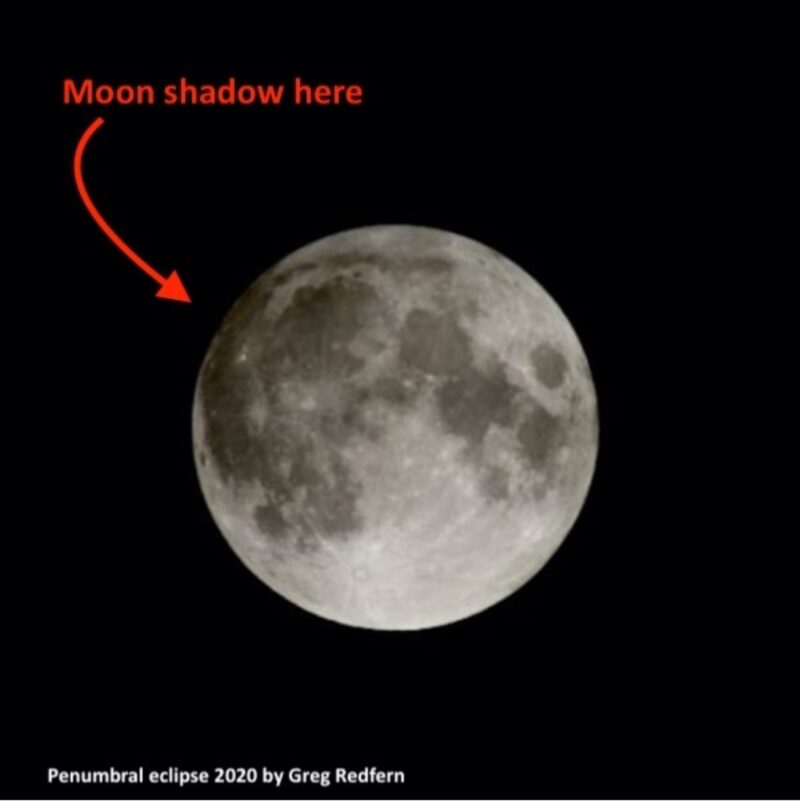
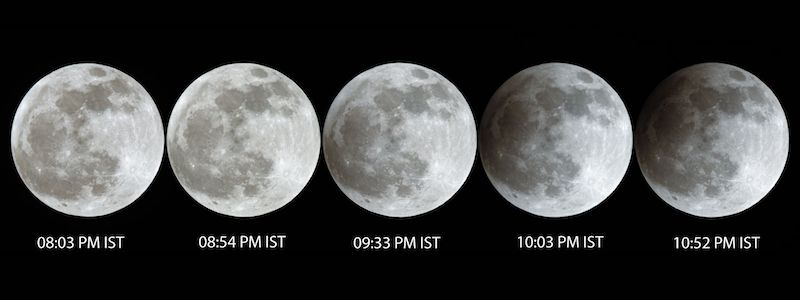
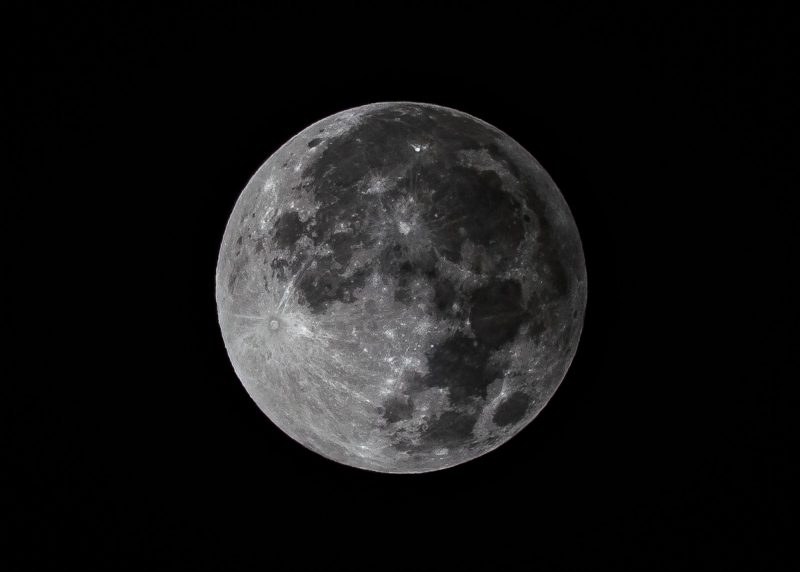
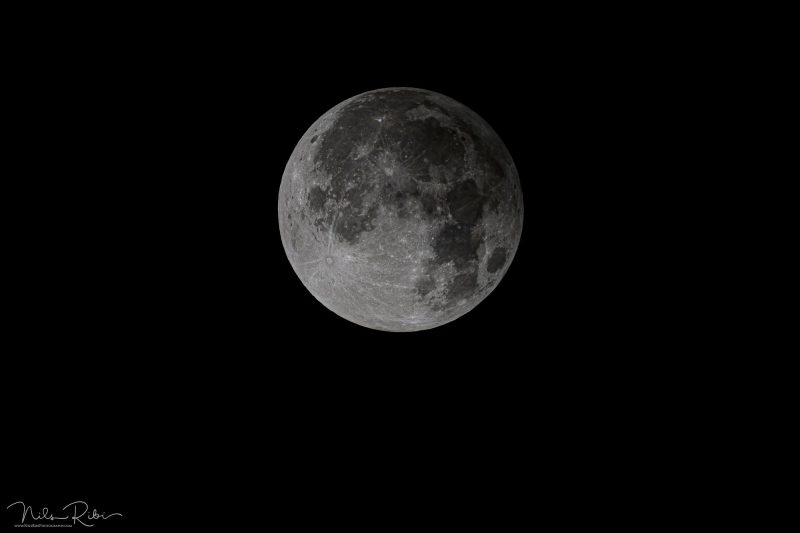
More penumbral lunar eclipse photos
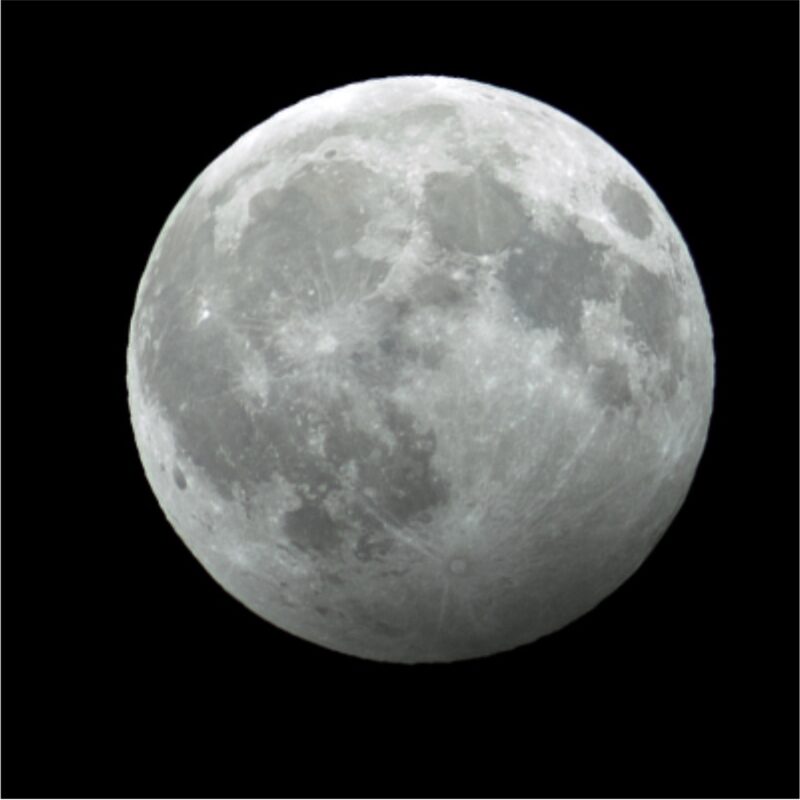
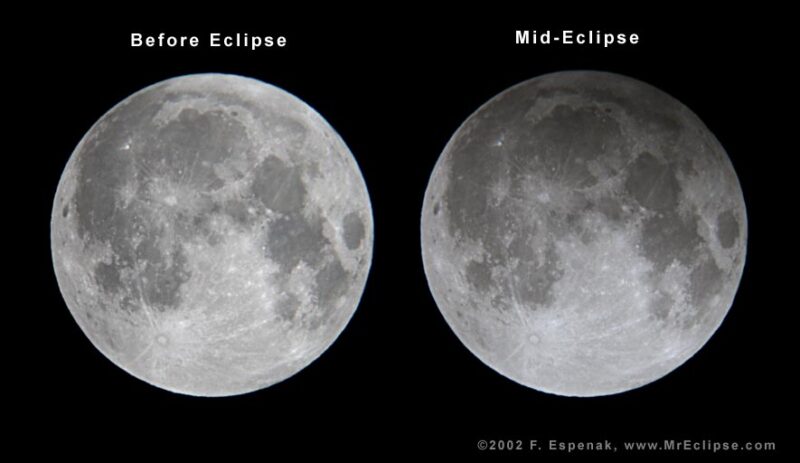
More resources
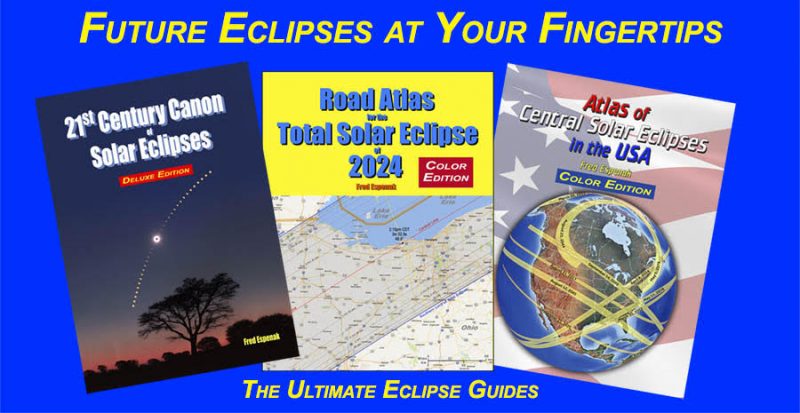
Bottom line: A penumbral lunar eclipse – lasting over four hours – happens overnight on March 24-25, 2024. It’s visible from Japan, the eastern half of Australia, the Americas, the western half of Africa, western Europe – and several oceans and parts of Antarctica.
Visit timeanddate.com to get an exact timing of the eclipse from your location.
EarthSky’s monthly night sky guide: Visible planets and more











